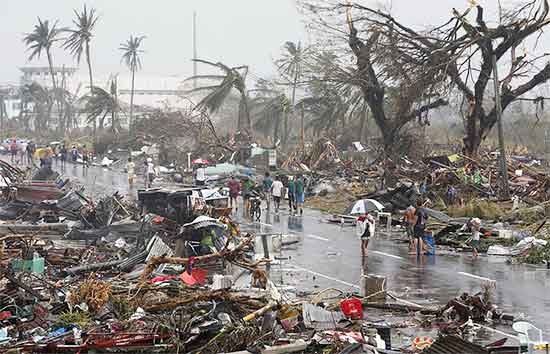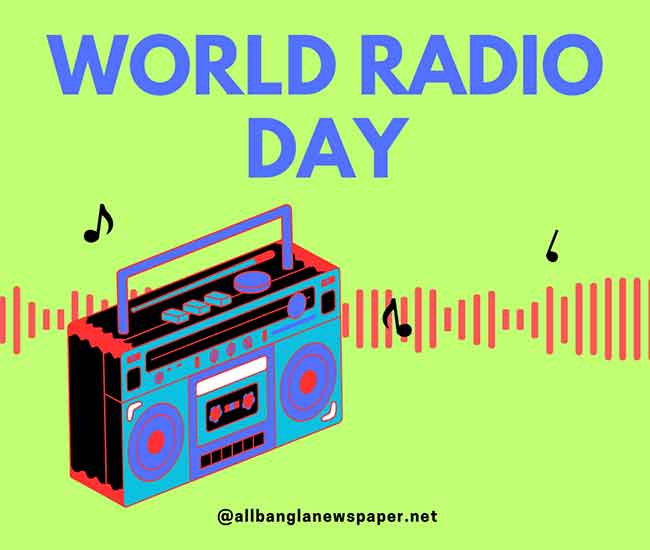
Super Typhoon Haiyan, probably the most effective Typhoons ever recorded, crashed over the central islands from the Philippines Friday, killing a minimum of three people, and forcing millions of individuals to flee using their houses. Many areas lost energy, and 100s of plane tickets were canceled.
Haiyan’s winds capped 275 kilometers each hour if this made landfall around the Philippines eastern-most provinces, the Samar and Leyte islands. Reviews in one provincial shoreline stated the Typhoon surge measured greater than four meters high.
Because of cut-off communication, it was impossible to understand the extent of casualties and damage. To date, a couple was electrocuted in Typhoon-related accidents; one individual was wiped out with a fallen tree, and the other was struck by lightning, official reviews stated.
Super Typhoon Haiyan, a category-5 Typhoon, made landfall Friday morning at Guiuan, a little city in Samar province within the eastern Philippines. The U.S. Navy's Joint Typhoon Warning Center stated maximum sustained winds were 195 miles per hour, with gusts to 235 miles per hour
Over 12 million people reside in the Typhoon's path, including Cebu City, having a population of approximately 2.5 million, and Bohol island, in which a major earthquake recently wiped out over 200 people and left 1000's destitute and highly vulnerable in tents. The Typhoon was likely to skirt central Manila and fully exit the Philippines by 'Saturday morning' local time, on the way for that South China Ocean, Vietnam, and China.
The Nation's Telecommunications Commission reported two three major cellular companies were getting “degraded services," meaning reception and transmission is poor. NTC Director Edgardo Cobarios stated another cell provider’s towers weren’t able to transmit information backward and forwards. Furthermore, he stated that regional government offices were utilizing shortwave radio to be accountable for national offices in Manila around the results of the Typhoon. About 90 % from the Philippines entire population convey by mobile phone.
One of the evacuees was 1000s of citizens of Bohol who was simply camped in tents along with other makeshift animal shelters following a magnitude 7.2 earthquake hit the area province recently.
Shaun Masters, an old hurricane meteorologist whose meteorology director in the private firm Weather Subterranean, stated the Typhoon had been poised is the most powerful tropical cyclone ever recorded at landfall. He cautioned of "catastrophic damage."
The U.S. Navy's Joint Typhoon Warning Center stated shortly prior to the Typhoon made landfall that it is maximum sustained winds were 314 km/h, with gusts as much as 379 km/h. Individuals dimensions will vary than environment data since the U.S. Navy center measures the typical wind speed for one minute while local forecaster's measure average for ten minutes.
Within this strongly Catholic country, local clergy countrywide happens to be praying to lessen the Typhoon's expected devastation. Cebu Archbishop Jose Palma, even the leader from the Catholic Bishops' Conference from the Philippines, requested bishops and priests to guide the folks in praying the Oratio Imperata, or Obligatory Prayer, used when calamity intends.
Leader Benigno Aquino III assured the general public of war-like formulations, with three C-130 air pressure cargo planes and 32 military helicopters and planes on standby, together with 20 navy ships.




